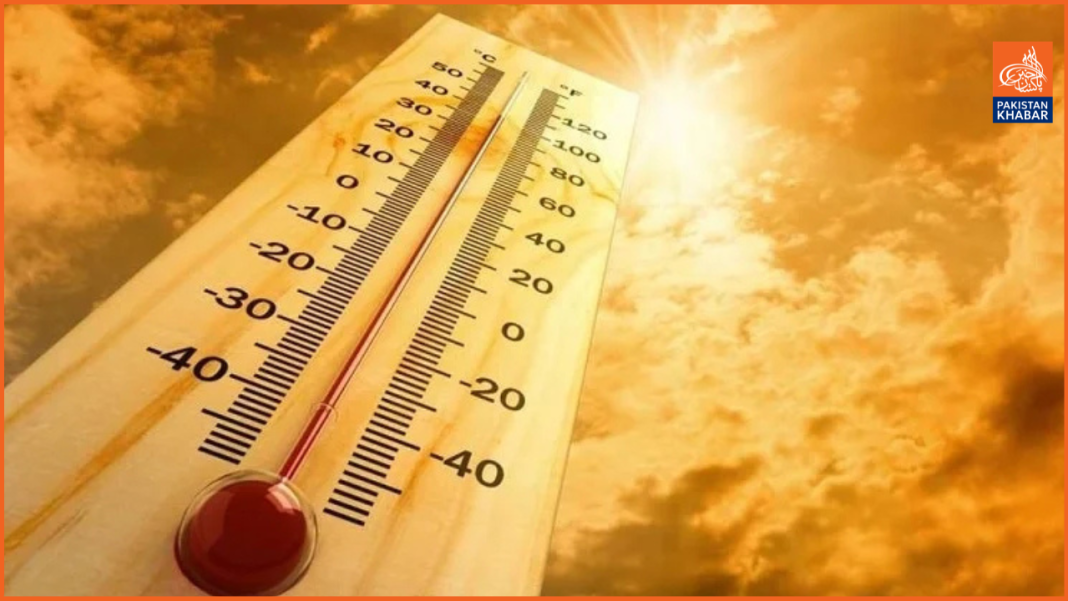As record-shattering heatwaves seared across South Asia, Pakistan once again found itself on the climate frontline. In a season where thermometers crossed 50°C in cities like Jacobabad and Dadu, and Karachi mourned over 450 heatwave-related deaths, the summer of 2024 screamed a message the world can no longer ignore: climate change is here, and it’s deadly.
Leading the response was the National Disaster Management Authority (NDMA)—alert, agile, and more coordinated than in past years. From timely warnings to public awareness drives, the Authority made visible strides. Yet, a critical question looms large: was it enough?
NDMA’s Swift Action: A Glimpse of Progress
To its credit, the NDMA wasn’t caught off guard. In March 2024, the National Emergencies Operation Center (NEOC) raised early flags about the impending heatwave. Anticipating a brutal May and June, it disseminated advisories to provincial bodies and launched nationwide alerts, urging citizens to hydrate, limit outdoor exposure, and seek shelter during peak heat hours.
Meanwhile, flood warnings were issued in climate-vulnerable zones like Rawalpindi, Muzaffarabad, and Lahore. The strategy included clearing drainage systems, activating rescue units, and prepping emergency shelters—a sign of growing maturity in the disaster management system.
On the Streets: When Warnings Aren’t Enough
However, the reality on the ground painted a starkly different picture. As rains lashed Lahore and Karachi, clogged drains overflowed, streets crumbled, and neighborhoods sank underwater. Viral footage showed ambulances stranded in waist-deep water and citizens navigating flooded underpasses on foot.
Clearly, alerts alone can’t substitute for infrastructure that can’t cope. In just four weeks, 245 people lost their lives to monsoon-related incidents, according to the NDMA’s August 2024 report—a grim reminder that years of urban neglect can’t be undone by a few advisories.
The Human Toll: When Survival Trumps Safety
Behind every weather warning lies a deeper, often ignored story—of people who can’t afford to stay home. Daily wage earners, construction laborers, street vendors—millions continued their work under the blazing sun, not by choice, but necessity.
Experts emphasize the importance of community-centered preparedness. Public service messages aren’t enough unless they’re embedded within local realities. What’s needed is grassroots engagement—training local volunteers, mobilizing school programs, and involving mosques and community elders in awareness efforts.
From Reaction to Resilience: A National Imperative
While the NDMA’s 2024 performance showed clear signs of institutional learning, future success lies in transitioning from reactive efforts to proactive resilience. Pakistan can no longer afford climate amnesia between disasters.
The road ahead must prioritize:
Building climate-proof infrastructure
Expanding public education beyond crises
Empowering local authorities with decentralized response powers
Enforcing transparency and accountability in disaster mitigation effort
Conclusion: The Clock is Ticking
Disaster preparedness isn’t just about forecasts—it’s about functional systems, empowered communities, and long-term vision. The NDMA has planted the seeds. But without firm, coordinated action from all tiers of government, each passing summer will be more fatal than the last.
The climate crisis won’t wait. Neither should we.
References:
NDMA Official Website: https://ndma.gov.pk
Dawn News: https://www.dawn.com/news/1843934/ndma-issues-urban-flooding-alert
Pakistan Today: https://www.pakistantoday.com.pk/2024/06/10/advanced-forecasting-by-state-authorities-curbs-heatwave-risks
The Nation: https://www.nation.com.pk/29-Aug-2024/rains-flashfloods-claimed-245-lives-in-27-days-ndma-report
Arab News: https://www.arabnews.pk/node/2516191/pakistan
—



